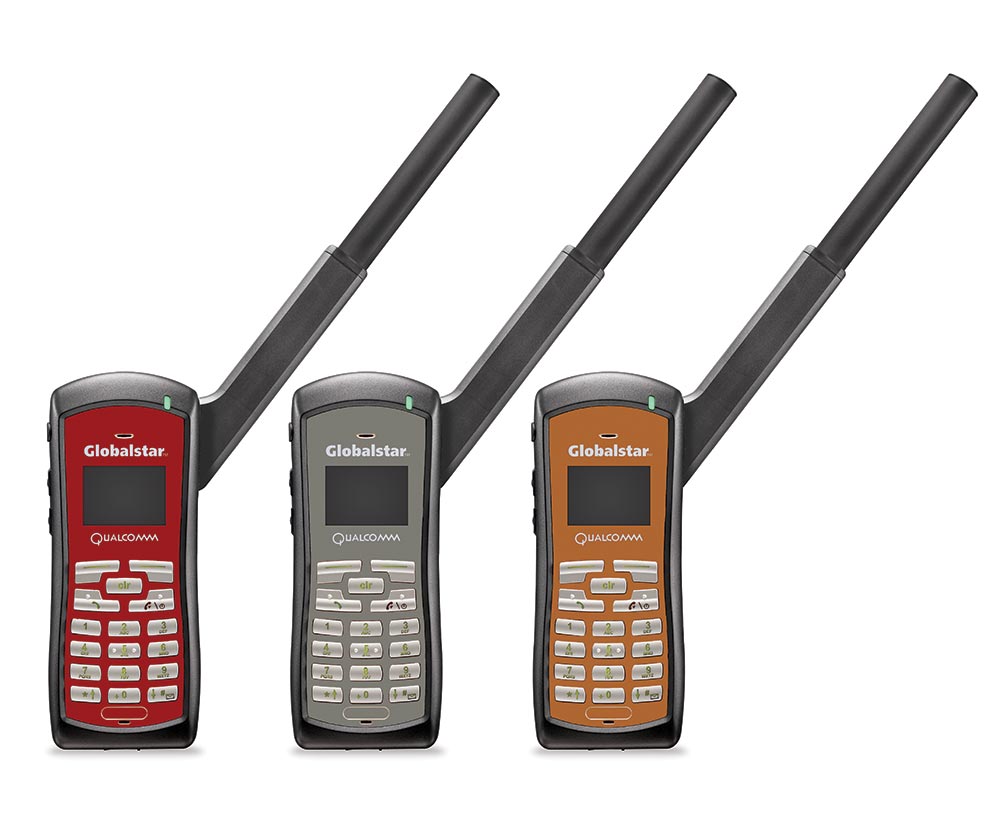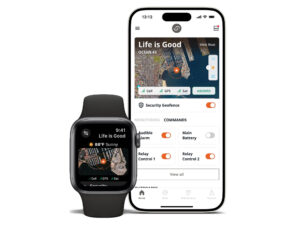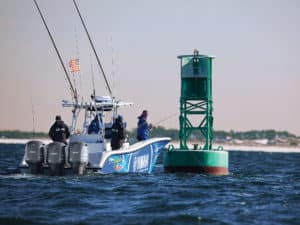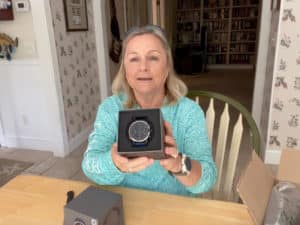(Be sure to click through all the images in the gallery above.)
Fishermen who navigate to remote areas depend on satellite communication to connect with the outside world and, more important, to summon help. Thanks to a major new infrastructure investment by Globalstar, anglers can shop more options.
Following a final launch in February, Globalstar and its 24 new, second-generation satellites have reinvigorated the company’s presence in the satellite-telephone market. “We have, over the past three years, been placing satellites into operational orbits and turning them on,” says L. Barbee Ponder, Globalstar’s general counsel and vice president of regulatory affairs. “As we do that, our coverage improves and the voice quality improves.”
Starting in 2007, Globalstar had experienced aging issues with its low-earth-orbit (LEO) satellites, which disrupted the two-way communication necessary for phone calls. Its handsets continued to work, but service was intermittent. As a result, the company discounted prices and developed tools to assist customers making calls. At the same time, Globalstar sought innovative ideas, creating the seemingly ubiquitous SPOT satellite messenger.
“SPOT has been extremely successful, especially in the maritime community,” Ponder says. “We’ve had in excess of 2,300 rescues since 2007, many of those on the water.”
Handhelds for Anglers
With its announcement, Globalstar has rolled out two new handhelds, the GSP-1700 and SPOT Global Phone (both $499). I tested call quality with the GSP-1700 from the middle of the Gulf of Mexico this summer. Ponder says it’s “land-line quality,” and I agree.
“We have what’s called bent-pipe -architecture,” says Ponder, who explained that eight first–generation satellites launched in 2007 will continue to function and enhance the new coverage. “We have mirrors in the sky — repeaters — that receive and send signals to and from ground stations. That crystal-clear voice quality you hear is due in large part to bent-pipe architecture.”
Competitive companies Iridium and Inmarsat operate differently. Iridium, which also uses LEO satellites, says its 66 birds fly closer to the Earth than Globalstar’s (476 miles compared with about 800), and are interconnected and meshed rather than repeaters.
Iridium offers recreational-use handsets, including the 9555 (about $1,000) and the Extreme ($1,250 to $1,350), which features an IP65 environmental rating (dust tight and protected against water jets but not immersion) and comes with an SOS button.
Inmarsat employs nine geostationary satellites, which are much larger than LEOs and fly about 22,000 miles above the Earth. Inmarsat’s IsatPhone Pro handheld ($700) carries an IP54 environmental rating (dust and splash proof).
Space and Time
Many American anglers take their boats to nearby countries such as the Bahamas, Mexico and Canada; a few navigate to fish throughout the Caribbean and Central America. However, significant numbers of anglers can find themselves isolated in areas within their own borders, where cell service is nonexistent and VHF might even falter.
Satellite-phone service bridges those gaps. Depending on which company you talk to, each system has its advantages, and the products differ in their features; some send and receive SMS text messages, for instance, while others only receive texts sent from a dedicated website. According to all three companies, however, satellite systems are now in place to carry users through at least the next decade.
Globalstar’s second-generation satellites have a 15-year design life, Ponder says. And where its first-generation birds suffered from S-band-amplifier degradation due to radiation, the new satellites protect the amplifiers from radiation. The S-band amplifier is the part of the Globalstar satellite that’s responsible for receiving signals from handsets.
Iridium’s director of product management Josh Miner says that company rotates its six spare satellites into and out of service when repairs are needed on any main-constellation satellites. Iridium has scheduled to launch a new constellation, beginning in 2015, he says. “It’s a fully funded, $2 billion plan. The due diligence is already done for continuity of service.”
Inmarsat plans to start enhancing its current I-4 -constellation this year with three new I-5 satellites. The company says the I-5s will power its Ka-band Global Xpress network, offering the first-ever global broadband -connections (download speeds up to 50 mbps) for satellite phones.
Star Gazing
None of the companies would say what developments might happen on the consumer side, beyond their immediate plans. But in researching this column, I heard about the new Thuraya SatSleeve — which can be bought in the United States, but operates on a network available only in certain European, Asian and African markets.
Thuraya says its new product allows a standard iPhone to make and receive calls and texts over the Thuraya Satellite Network. A version planned for later this year is expected to support data over the network.
Users dock their iPhone into the SatSleeve to connect to the satellites. The product is retailing now for $648 online in the United States. At press time, prepaid vouchers started at $27; post-paid service plans started at $28 a month, with a $30 activation fee and additional per-minute add-ons.
Until that functionality happens in this country, though, anglers can start exploring the expanded sat-phone offerings. “Once we have the authority to use additional broadband, that will have tremendous impact on the company,” Ponder says. “We do have one more new product coming. We’ll make sure to let you know as soon as it’s ready.”
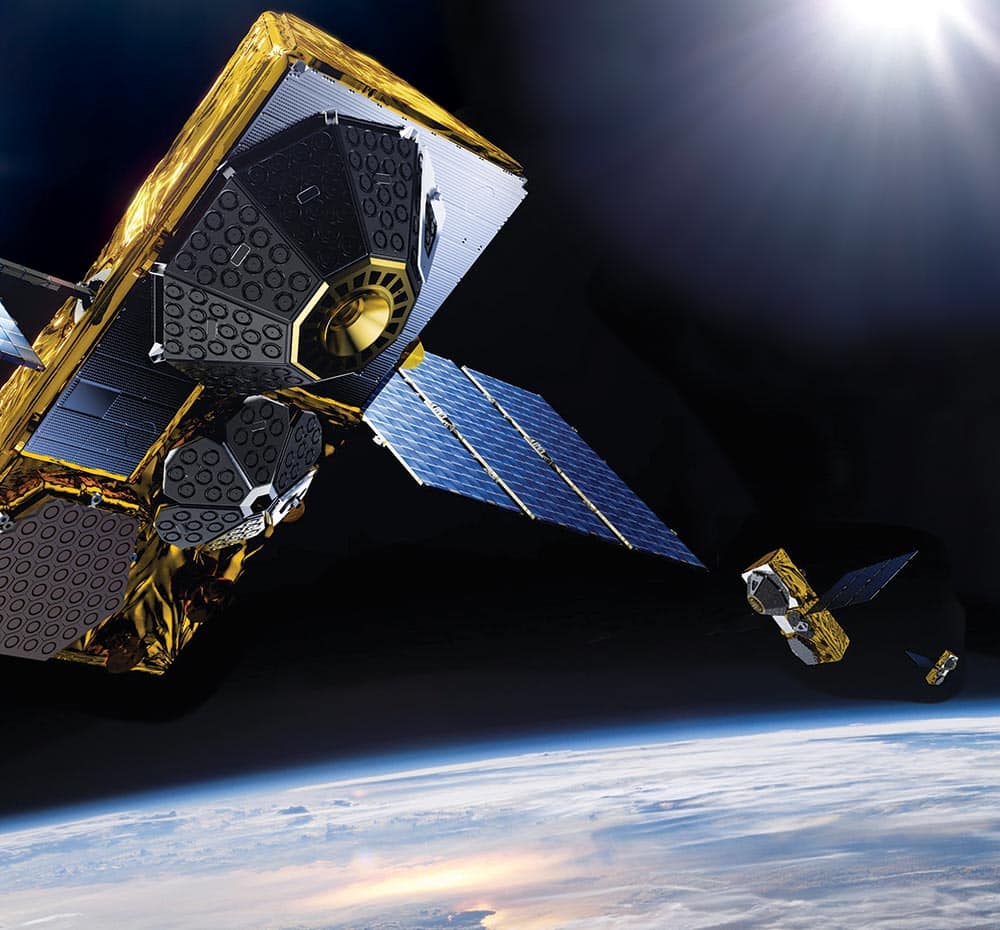
Globalstar Satellites

Sat Phone Use on the Water
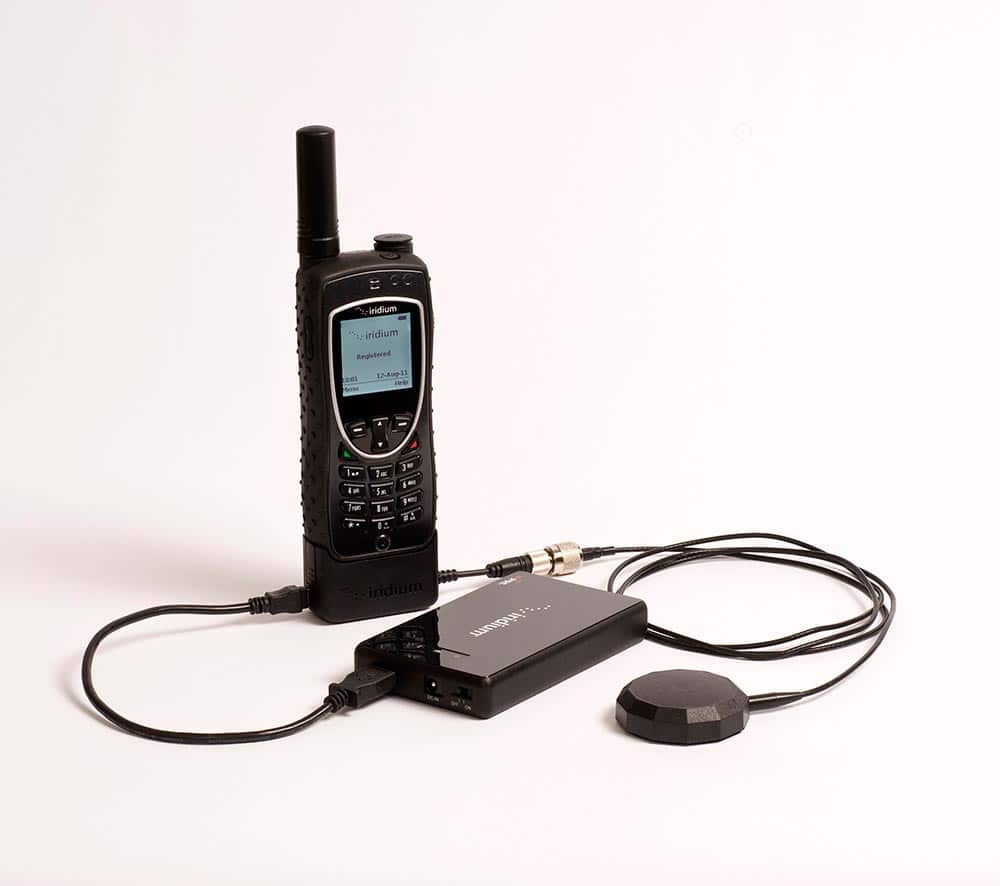
Iridium AxcessPoint
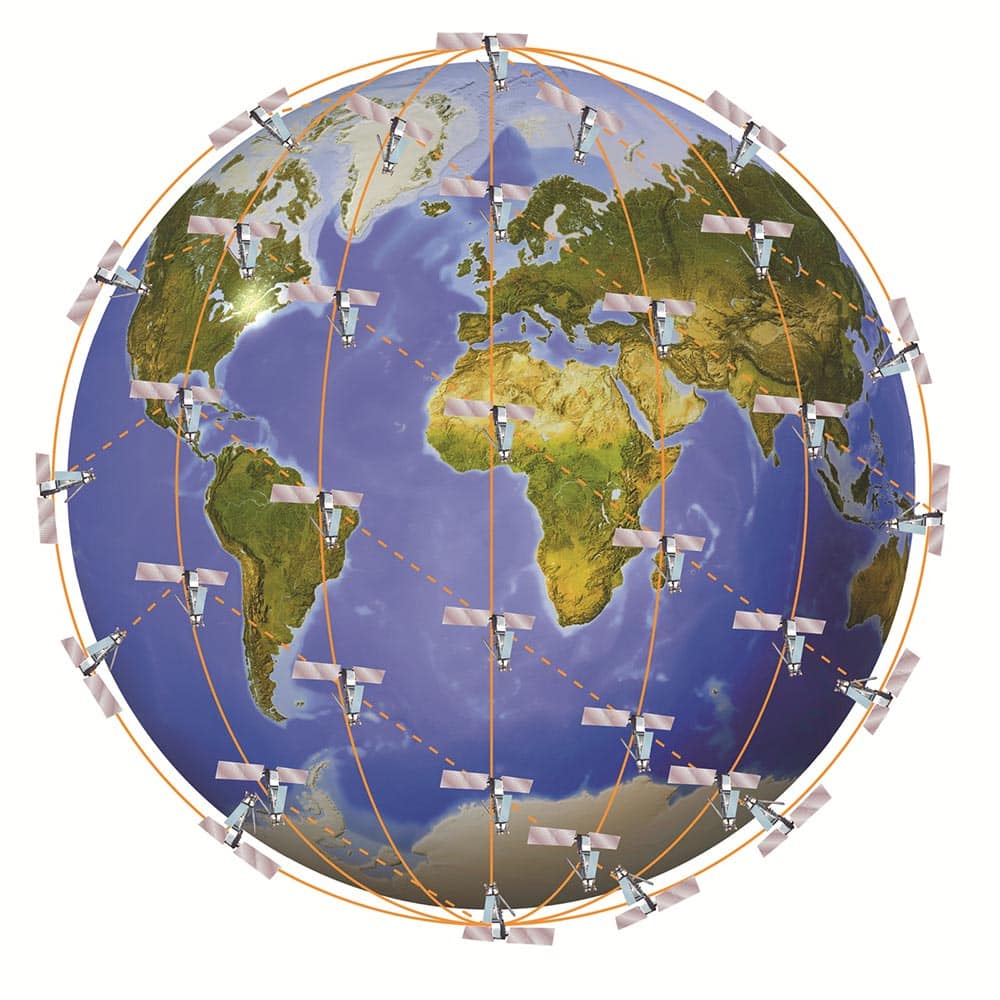
Iridium’s Global Satellite Network
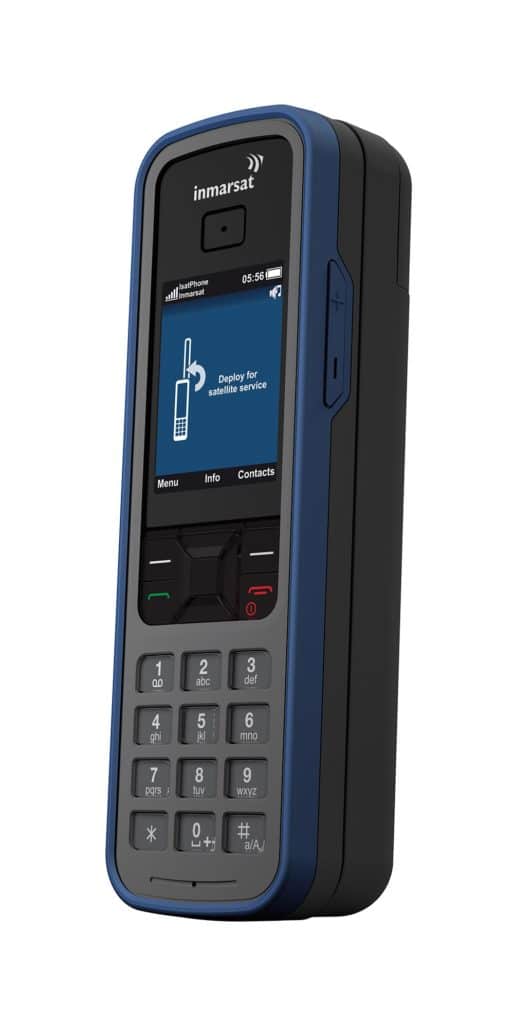
Inmarsat’s IsatPhone Pro
